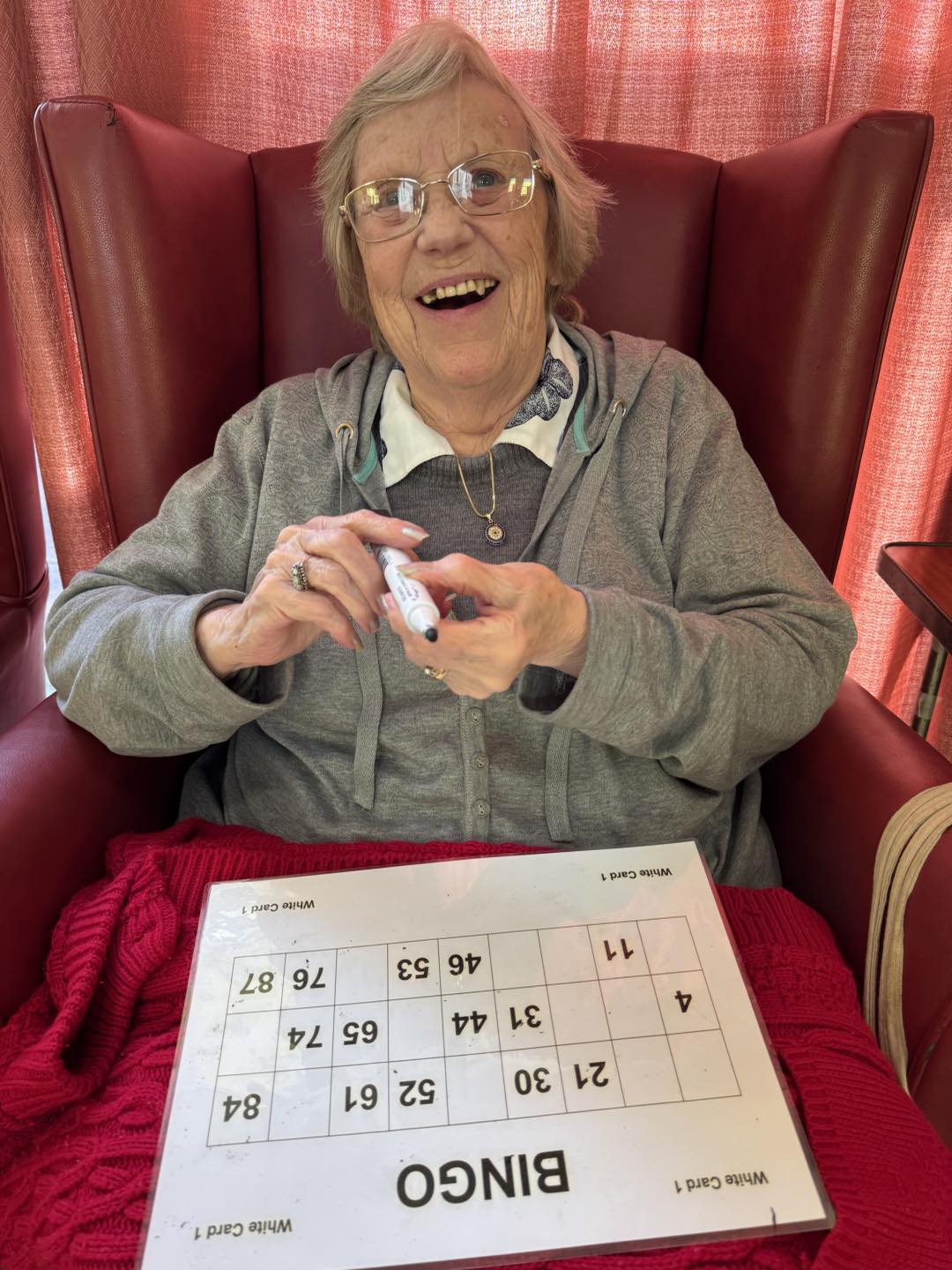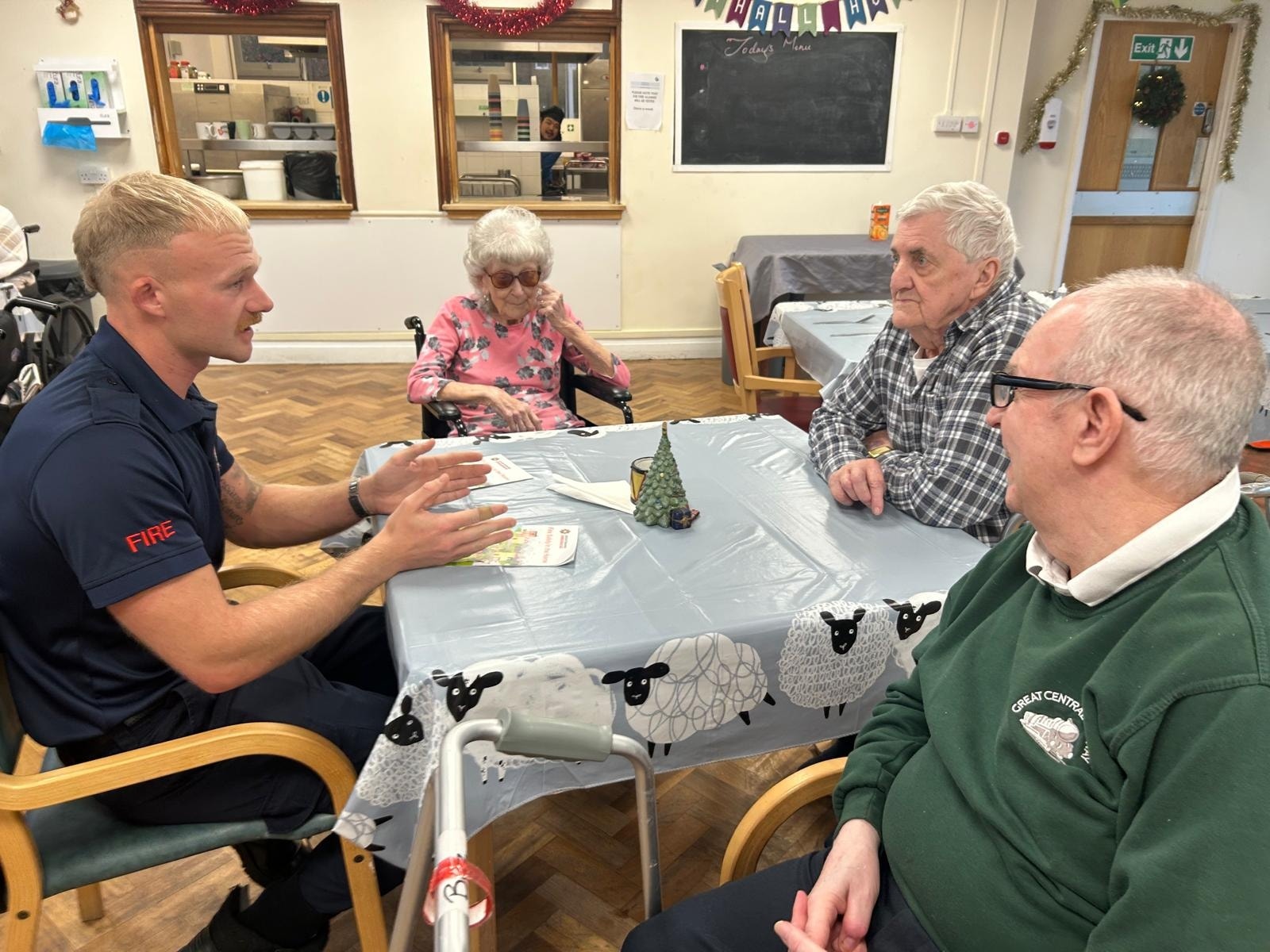Have you ever wondered why some environments seem to be accident-prone while others are a haven of safety? Is it pure luck, or is there something more to it?
Well, the truth is that creating an injury-free environment requires careful planning, implementation, and ongoing maintenance. It’s not just about luck; it’s about taking proactive steps to identify potential hazards, implementing safety training programs, maintaining cleanliness and organization, installing safety equipment and devices, and promoting a culture of safety and awareness.
In this article, we will delve into the strategies and practices necessary for ensuring safety and fall prevention in any setting.
When it comes to ensuring safety and fall prevention in any environment – be it a workplace, home or public space – the first step is identifying potential hazards. This involves conducting thorough risk assessments to determine areas of concern where accidents are likely to occur. By analyzing past incidents, observing current conditions, and anticipating future risks based on industry standards and regulations, you can effectively pinpoint potential hazards before they become accidents waiting to happen.
Once these hazards are identified, appropriate measures can then be put in place to eliminate or minimize their impact. From there, implementing comprehensive safety training programs becomes crucial in equipping individuals with the knowledge and skills needed to prevent falls and injuries. This includes providing proper education on safe work practices specific to each environment as well as regular refresher courses to reinforce good habits.
By investing time in training your workforce or family members on how to recognize risks and respond appropriately when faced with them, you empower them with the tools necessary for creating an injury-free environment.
Identifying Potential Hazards
Identifying potential hazards is an essential step in creating an injury-free environment, as it allows you to proactively address and mitigate any risks that could compromise the safety of individuals within your care.
By conducting thorough assessments of your surroundings, you can identify common hazards such as slippery floors, loose handrails, or poorly lit areas. Additionally, it’s important to consider less obvious hazards like electrical cords running across walkways or cluttered workspaces.
Identifying these potential dangers enables you to take immediate action by implementing preventive measures such as installing non-slip mats, repairing or replacing faulty equipment, or improving lighting conditions. These proactive steps not only reduce the likelihood of accidents but also promote a sense of security and well-being among those under your supervision.
Transitioning into the subsequent section about ‘implementing safety training programs’, it’s crucial to ensure that all staff members are equipped with the necessary knowledge and skills to maintain a safe environment.
Implementing Safety Training Programs
Implementing safety training programs is like building a strong foundation for a secure workplace, helping employees navigate potential hazards. By providing comprehensive training on safety protocols and procedures, employees become equipped with the knowledge and skills necessary to identify and mitigate risks effectively.
Safety training programs cover a wide range of topics, including proper lifting techniques, emergency response procedures, and the correct use of personal protective equipment. Through engaging and interactive sessions, employees learn how to prevent accidents and injuries in their daily tasks.
Moreover, safety training programs create a culture of safety within the organization. When everyone understands the importance of maintaining a safe environment, they become more vigilant in identifying potential hazards and taking appropriate action to eliminate or minimize them. This increased awareness leads to fewer accidents and injuries overall. As the saying goes, “An ounce of prevention is worth a pound of cure.”By investing time and resources into safety training programs, businesses can save costs associated with workplace injuries while ensuring the well-being of their workforce.
Transitioning into the subsequent section about maintaining a clean and organized environment, it’s important to note that implementing safety training programs also emphasize the significance of cleanliness in preventing accidents.
Maintaining a Clean and Organized Environment
To keep your workplace safe and efficient, it’s crucial to maintain a clean and organized environment. A cluttered workspace not only increases the risk of accidents and injuries but also hampers productivity. By regularly tidying up work areas, organizing tools and equipment, and keeping walkways clear of obstacles, you can create an injury-free environment for everyone.
Implementing daily cleaning routines, such as sweeping or vacuuming floors, wiping down surfaces, and emptying trash cans, can help prevent slips, trips, and falls. Additionally, maintaining proper storage systems for supplies and materials ensures that they are easily accessible when needed while minimizing the chances of clutter piling up.
Furthermore, a clean and organized workspace promotes efficiency by reducing wasted time searching for tools or supplies. When everything is in its designated place, employees can quickly locate what they need without wasting time rummaging through piles of disorganized items. This not only saves time but also improves workflow and boosts productivity.
Additionally, a well-organized workspace allows for better communication among team members since information is more readily available.
Now that you’ve established a clean and organized environment in your workplace, it’s time to take the next step towards ensuring safety: installing safety equipment and devices.
Installing Safety Equipment and Devices
Now that you have a clean and organized workspace, it’s time to prioritize your well-being by installing essential safety equipment and devices – did you know that workplace accidents cost companies over $170 billion each year?
One of the most crucial steps in ensuring a safe environment is investing in proper safety equipment. This includes items such as fire extinguishers, first aid kits, and emergency exit signs. Having these devices readily available can make a significant difference in the event of an emergency. Fire extinguishers can quickly extinguish small fires before they spread, while first aid kits provide immediate medical assistance for minor injuries. Additionally, clearly marked emergency exit signs ensure that everyone knows how to safely evacuate the premises if necessary.
Another important aspect of creating an injury-free environment is installing safety devices specific to your industry or workspace. For instance, if you work at heights or on elevated platforms, it’s vital to have fall protection systems such as guardrails or harnesses in place. These devices greatly reduce the risk of falls and provide peace of mind for employees working at elevated levels. Furthermore, depending on your industry, you may need specialized safety equipment like machine guards or personal protective gear such as gloves and goggles. By equipping your workspace with the appropriate safety equipment and devices, you’re taking proactive measures to protect yourself and your colleagues from potential hazards.
By now, you understand how crucial it is to install essential safety equipment and devices in order to create a secure working environment. However, simply having these tools isn’t enough; promoting a culture of safety and awareness is equally important. In the next section, we’ll discuss strategies for cultivating this culture within your workplace without compromising efficiency or productivity.
Here are some strategies for cultivating a culture of safety and awareness within your workplace without compromising efficiency or productivity:
Promoting a Culture of Safety and Awareness
By fostering a workplace culture where safety and awareness are ingrained in your everyday tasks, you can envision a team that prioritizes the well-being of each member and actively contributes to maintaining a secure working environment. Safety shouldn’t be an afterthought or something that’s only addressed during training sessions. It should become a natural part of your daily routine, integrated into every task you perform.
Encourage open communication about safety concerns and provide regular reminders and updates on best practices. By consistently reinforcing the importance of safety, you’ll create an atmosphere where everyone feels empowered to speak up and take action when they notice potential hazards or unsafe behaviours.
Promoting a culture of safety also involves providing ongoing education and training opportunities for your team members. Keep them informed about new safety regulations, procedures, and equipment by conducting regular workshops or seminars. Make sure all employees receive comprehensive training on how to properly use safety equipment and devices. This won’t only reduce the risk of accidents but also instil confidence in your team members as they go about their daily tasks.
In addition to education and training, it’s crucial to lead by example as a manager or supervisor. Show your commitment to safety by following all protocols yourself and holding others accountable for doing the same. Regularly observe work areas for any potential hazards or unsafe conditions, addressing them promptly to prevent accidents from occurring. By demonstrating a strong dedication to safety, you’ll set the tone for your team members to do the same.
Creating a culture of safety requires effort from everyone in the organization, but the benefits are immeasurable. A workplace that prioritizes safety doesn’t only reduce injuries but also boosts productivity by minimizing downtime due to accidents or incidents. Moreover, it fosters trust among team members who know that their well-being is valued by their organization.
So start today by integrating safety into every aspect of your work environment – from daily routines to continuous learning – because creating an injury-free workplace begins with promoting a culture of safety and awareness.
Frequently Asked Questions
How can I communicate the importance of safety to my employees?
Communicate the importance of safety to your employees by consistently providing clear and concise information about potential hazards, conducting regular training sessions, and emphasizing the personal benefits of practising safe behaviours.
What are some common hazards in the workplace that are often overlooked?
You may not realize it, but there are hidden dangers lurking in your workplace. From slippery floors to faulty equipment, these hazards can lead to serious accidents if left overlooked. Stay vigilant and keep your employees safe.
Are there any specific safety regulations or guidelines that need to be followed?
There are specific safety regulations and guidelines that need to be followed in order to ensure a safe work environment. These include OSHA standards, proper training, regular inspections, and implementing safety protocols.
How often should safety equipment be inspected and maintained?
Safety equipment should be inspected and maintained regularly to ensure its effectiveness. This includes checking for any signs of wear and tear, testing functionality, and replacing outdated components. Neglecting this crucial task could result in catastrophic consequences.
What steps can be taken to encourage employees to report potential hazards or near misses?
To encourage employees to report potential hazards or near misses, make sure they understand the importance of reporting and the potential consequences of not reporting. Provide clear channels for reporting and ensure that all reports are taken seriously and addressed promptly.
Conclusion
In conclusion, ensuring safety and fall prevention is of utmost importance in creating an injury-free environment. It’s crucial to be proactive in identifying potential hazards and taking the necessary steps to eliminate them.
By implementing comprehensive safety training programs, employees can be equipped with the knowledge and skills needed to recognize and address potential risks.
Maintaining a clean and organized environment also plays a significant role in preventing accidents. Just as a well-tended garden flourishes with vibrant flowers, a workplace that’s kept tidy and free from clutter allows for smooth operations and reduces the chances of trips or falls.
Additionally, installing safety equipment and devices such as handrails, non-slip mats, and proper lighting adds an extra layer of protection against accidents.
Promoting a culture of safety and awareness is key to sustaining an injury-free environment. Like birds flying together in perfect synchrony, when everyone within an organization understands the importance of safety protocols and actively looks out for one another, accidents become rare occurrences.
Regular communication about safety measures should be encouraged, fostering an environment where individuals feel comfortable reporting any potential hazards they encounter.
In summary, creating an injury-free environment requires diligence in identifying hazards, implementing thorough training programs, maintaining cleanliness and organization, installing appropriate safety equipment, as well as promoting a culture of safety consciousness.
By incorporating these practices into daily routines like threads weaving together a strong fabric, organizations can ensure the well-being of their employees while fostering productivity and success.




